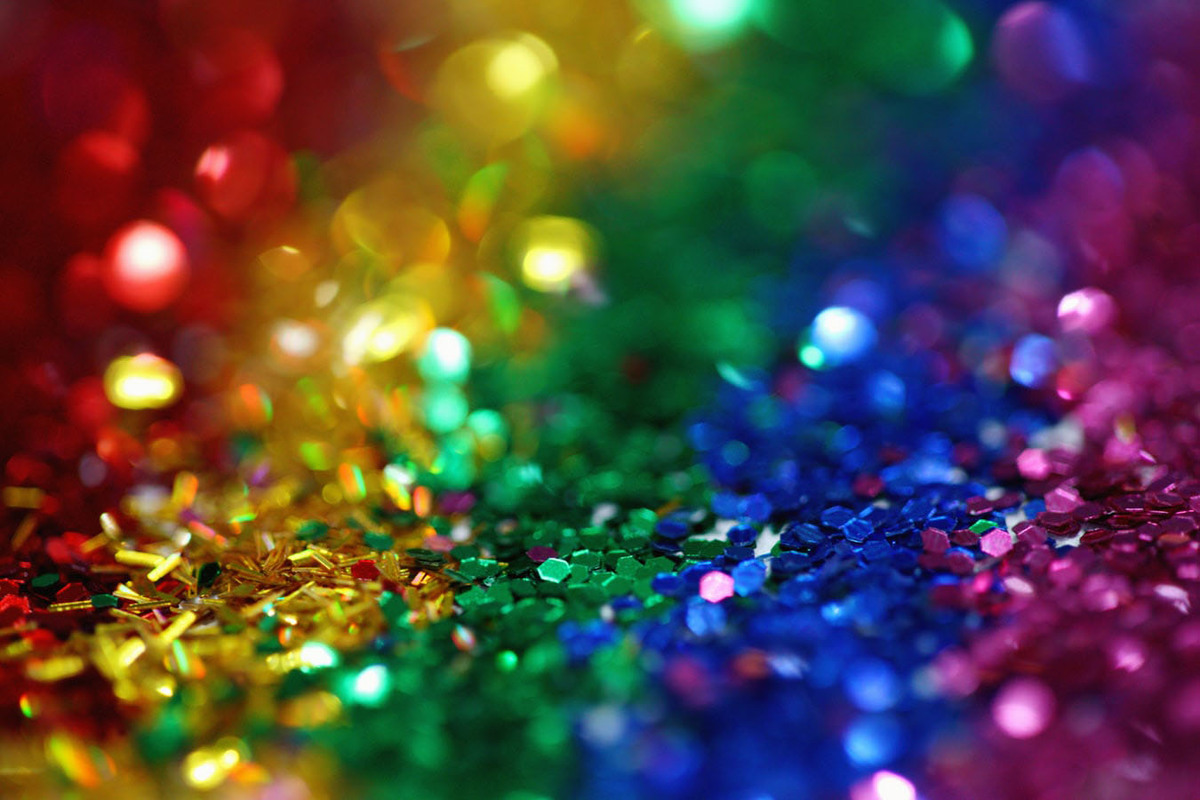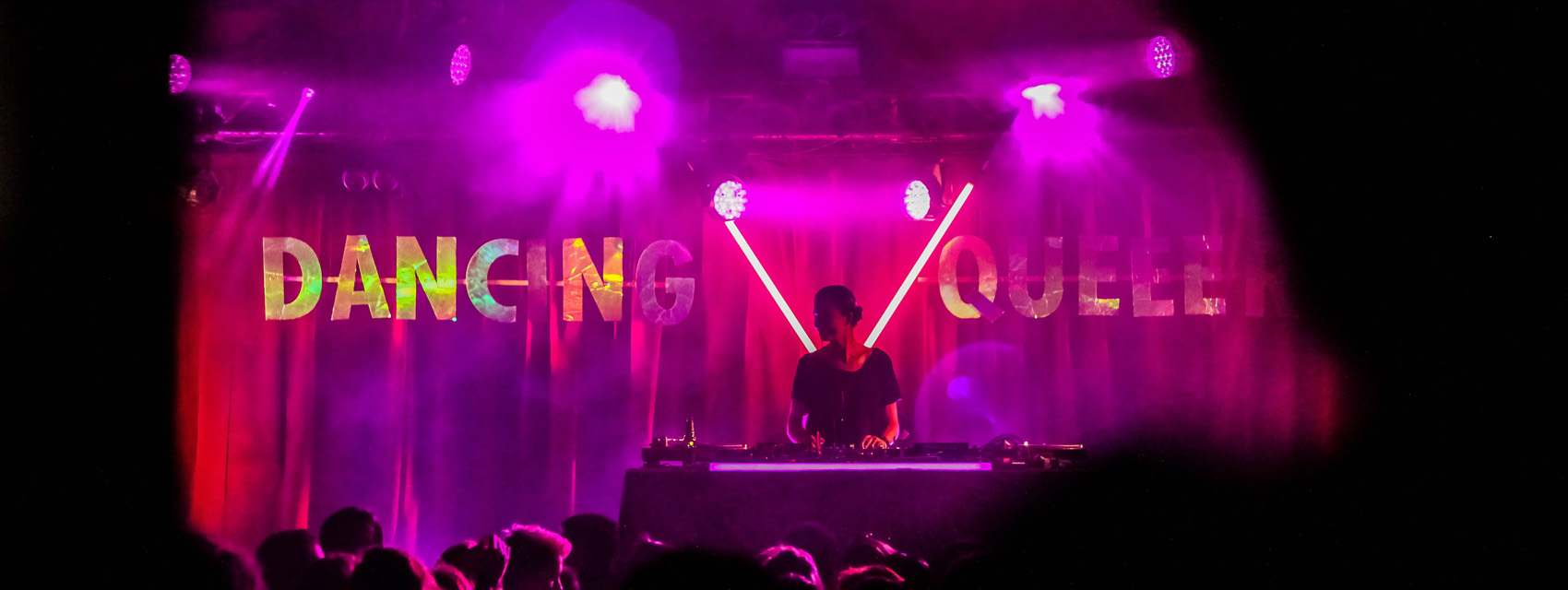Can Queer Clubs Really Be Queer Without Exclusion?
You can’t ‘dance’ with us.
Discrimination is always wrong…right? Excluding anyone based on sexuality or gender identity is wrong…right? Well, it might not be that easy. Queer clubs can’t really be queer if they let anyone in, can they?
Let’s rewind. Discrimination is bad. It has always been bad to discriminate against gender, race, or sexual preference. That is why in the 1970s and early ‘80s women-only spaces were born; to allow the gender to exist in a safe space, free from the restrictions, hate, and misogyny that the patriarchy inflicted on them in the other areas of their lives.
Women felt they needed to exclude men in order to live freely and flourish for a bit, while cis, white men realized the error of their ways and reformed…Arguably. Things are better now (…Arguably.) However, the issue with excluding a whole group of people is exactly that: you are excluding a whole group of people! But, if the exclusion is done for the safety and security of another group of people, does that make it okay?
Queer people deserve a place to be themselves, much like women did in the ’80s. A place to explore their identities, sexuality and just have fun. They deserve to feel comfortable at a club without worrying about being harassed, belittled, abused or gawked at, like animals in a zoo. Queer clubs can be a haven for the LGBTQ+ community.
But, how can we possibly say that a certain ‘type’ of a person cannot come through the door, without adding to the problem? ‘Othering’ anyone who is not part of the LGBTQ+ community by making them out to be perpetrators or troublemakers, (which is inherently the implication) might actually lead to less understanding, less empathy and more aggression. #NOTGOALS

Exclusion is always problematic. In queer club culture, excluding a man that rocks up at the door based on what you think he identifies as or, what you think his sexuality is, is infinitely disturbing. Particularly because you are stereotyping an entire gender made up of intrinsically different people and in essence, expecting the worst of them. How uplifting…
Also, what happens if you simply want to go clubbing with your straight, cis friend? Do you really want them to be rejected at the door; humiliated as if they’re “not on the list” of some lavish Hollywood party. (Stop imagining it!) Didn’t we decide a while ago that intersectionality was like, kind of an important thing?
The concept of vetting people at the door of queer clubs means that you are quite literally judging a book by its cover; something that the queer community is so often on the receiving end of. In doing this, queer clubs risk isolating a new group of people; those in the queer community who do not necessarily look like they are part of it. Doesn’t this snap-judgment promote the stereotype that queer people all look a certain way? Ugh.
While there is no solution just yet, more needs to be done inside queer clubs to promote the safety, security, and comfort of the queer community. A University College London report by the Urban Laboratory revealed that more than 50% of LGBTQ+ venues in London have closed in a decade; citing a lack of safeguarding as a primary reason.
With LGBTQ+ hate crimes on the rise in the UK and the US, the queer community needs a safe place to be. According to a YouGov report, 41% of trans people in the UK have experienced a hate crime in the last 12 months because of their gender identity. So, if you are a cis, white heterosexual and a queer club rejects you, swallow your pride and just let them. The queer culture needs this more than you need a Cosmo from the trendiest new bar in the city.
Minorities need safe spaces, and majorities need to not make queer clubs regret opening their doors and welcoming them in. Intersectionality might just be something we all have to work towards, so for now: “be kind to the other kids.” It’s really not that hard.
Next Up, Transgender Model Teddy Is The New Poster-Girl For Chanel Beauty












